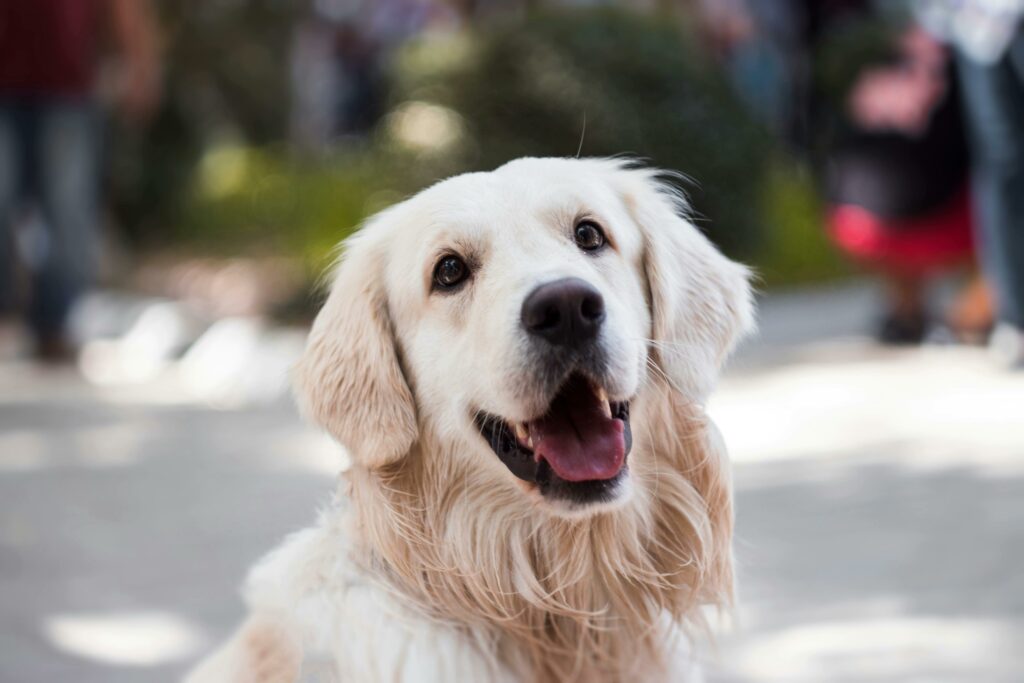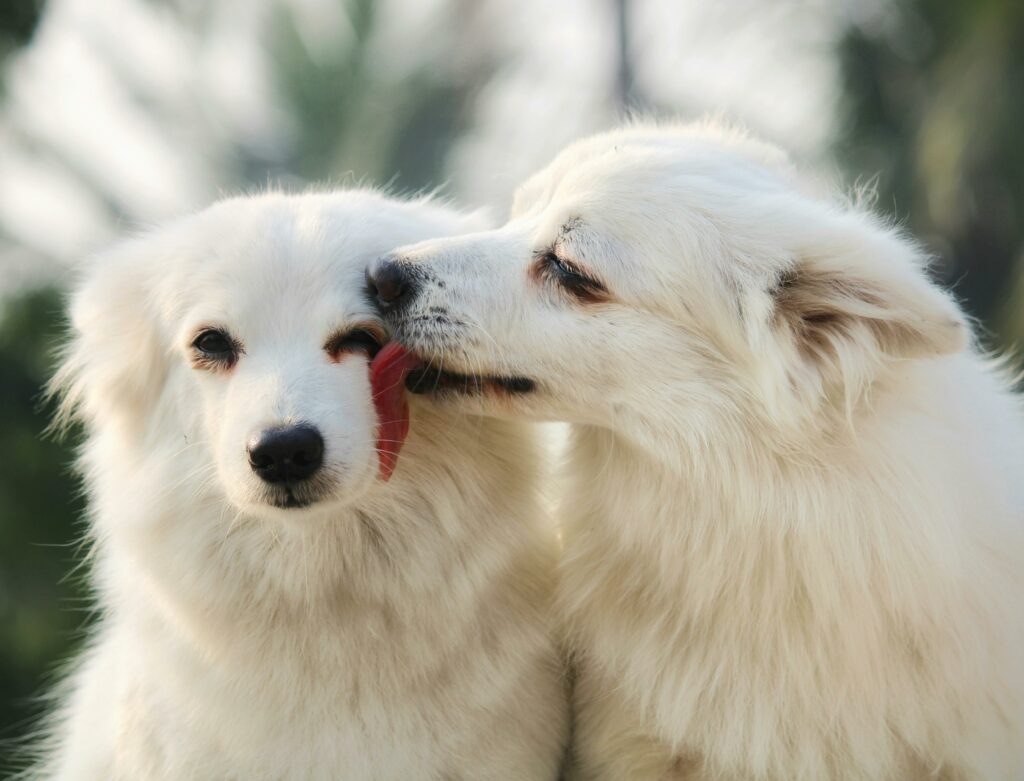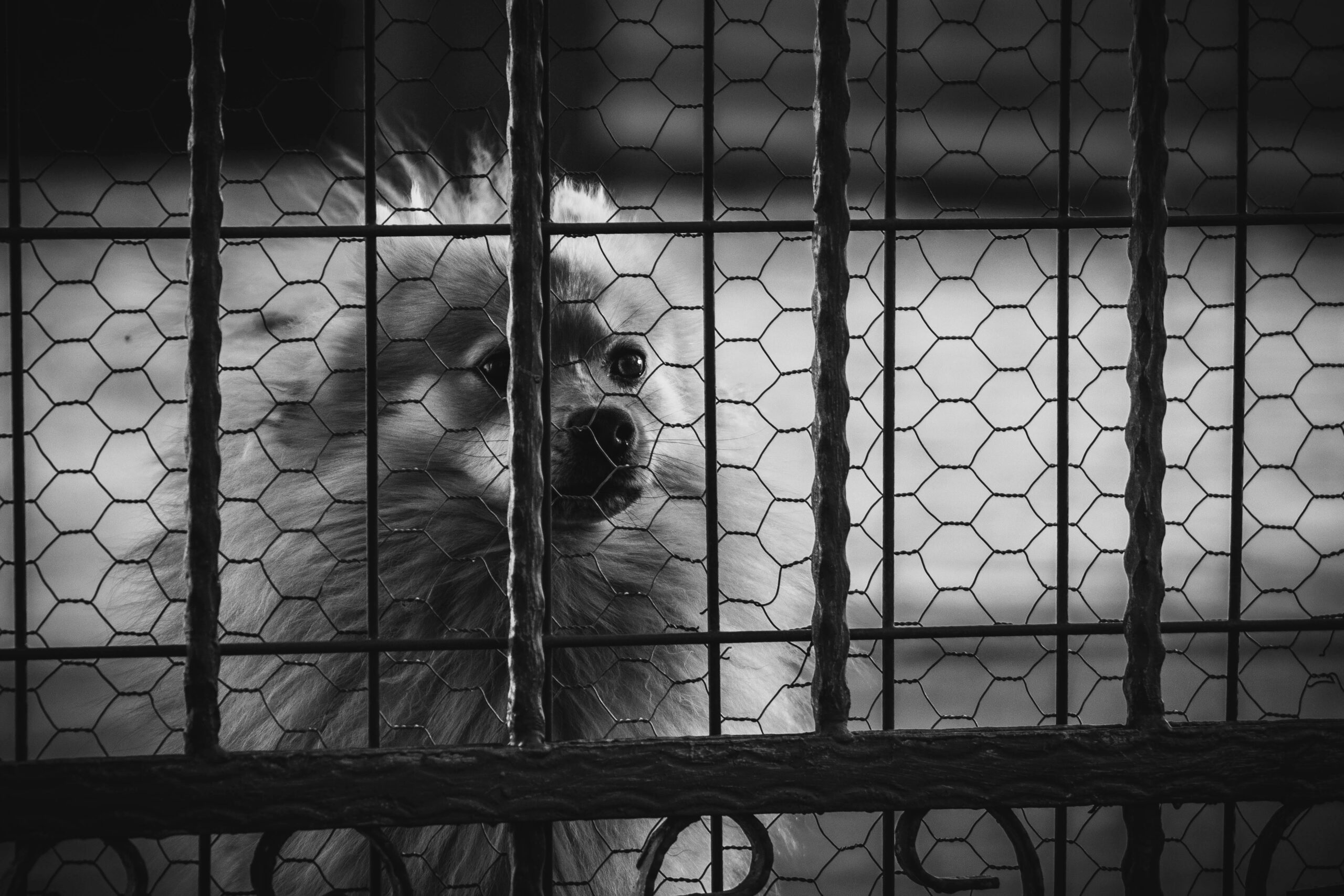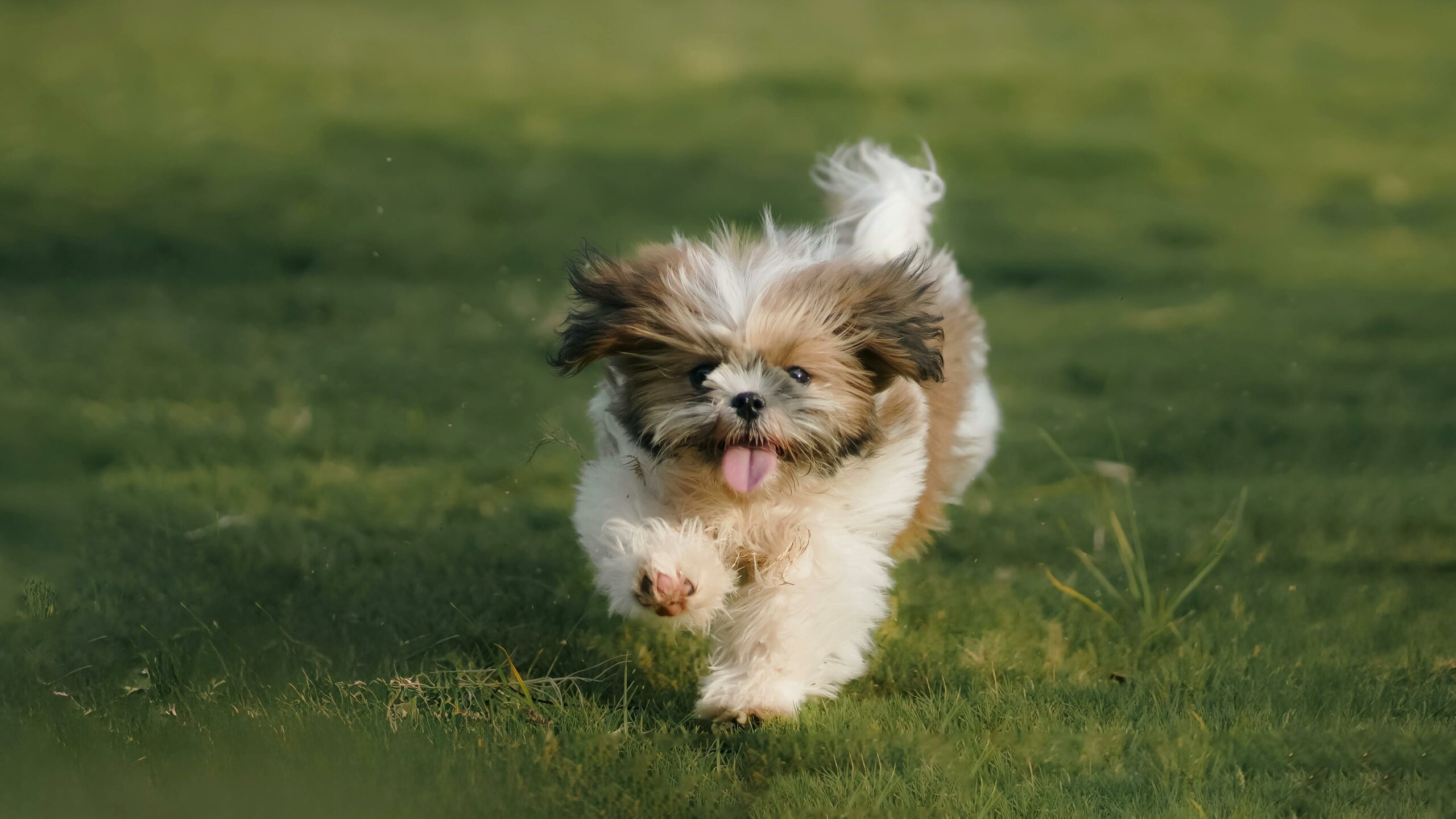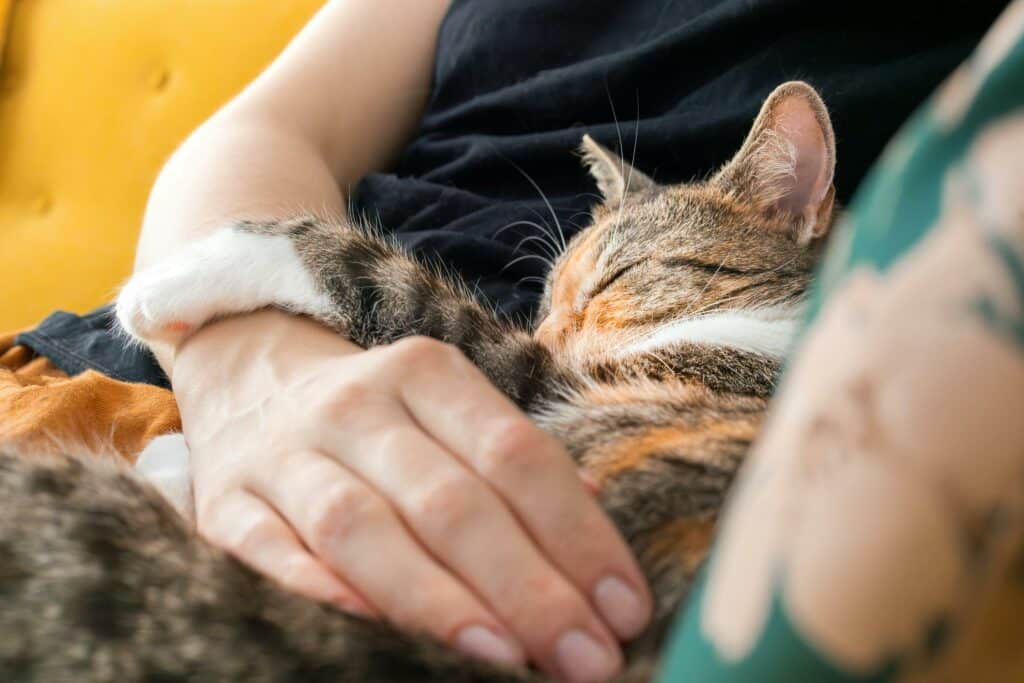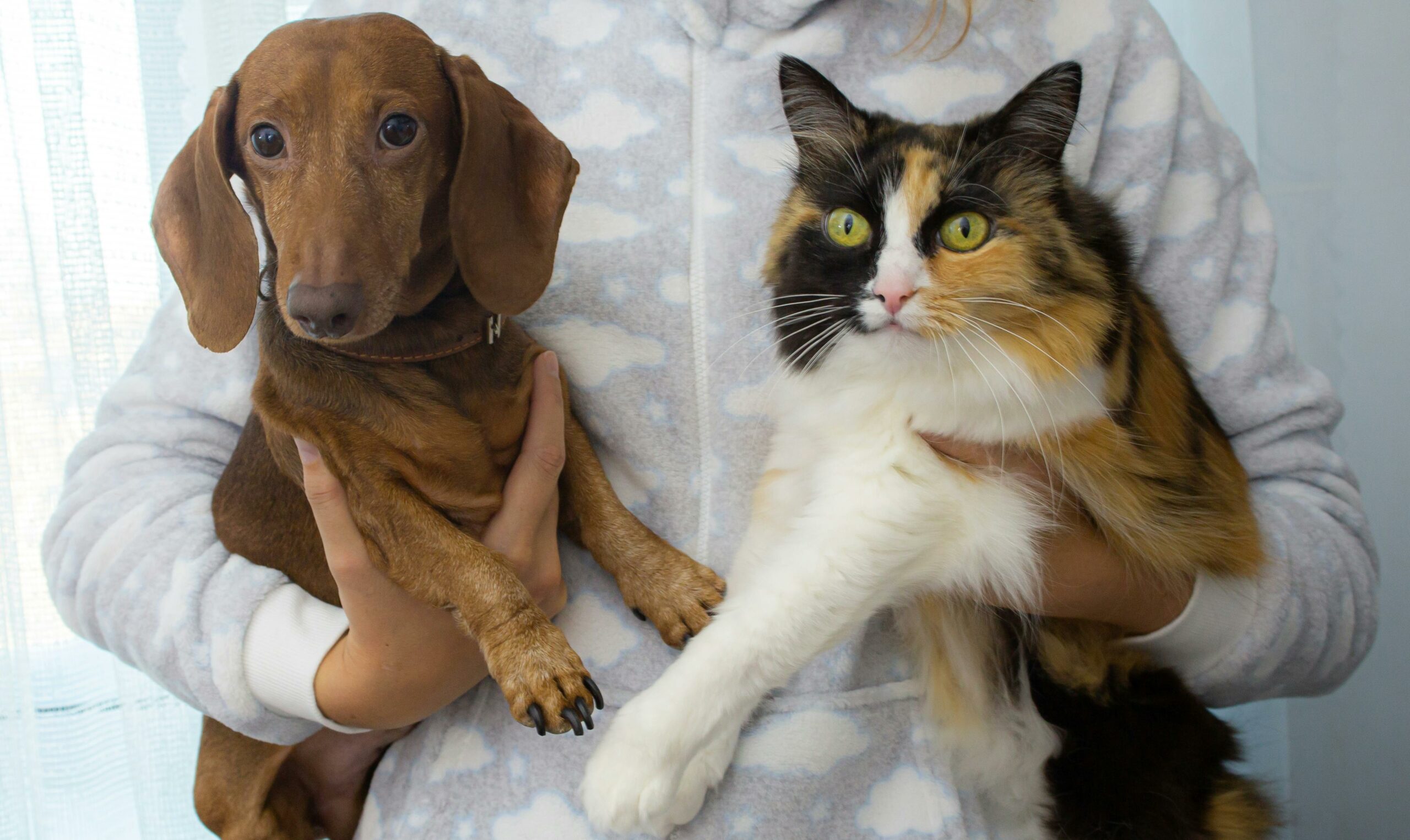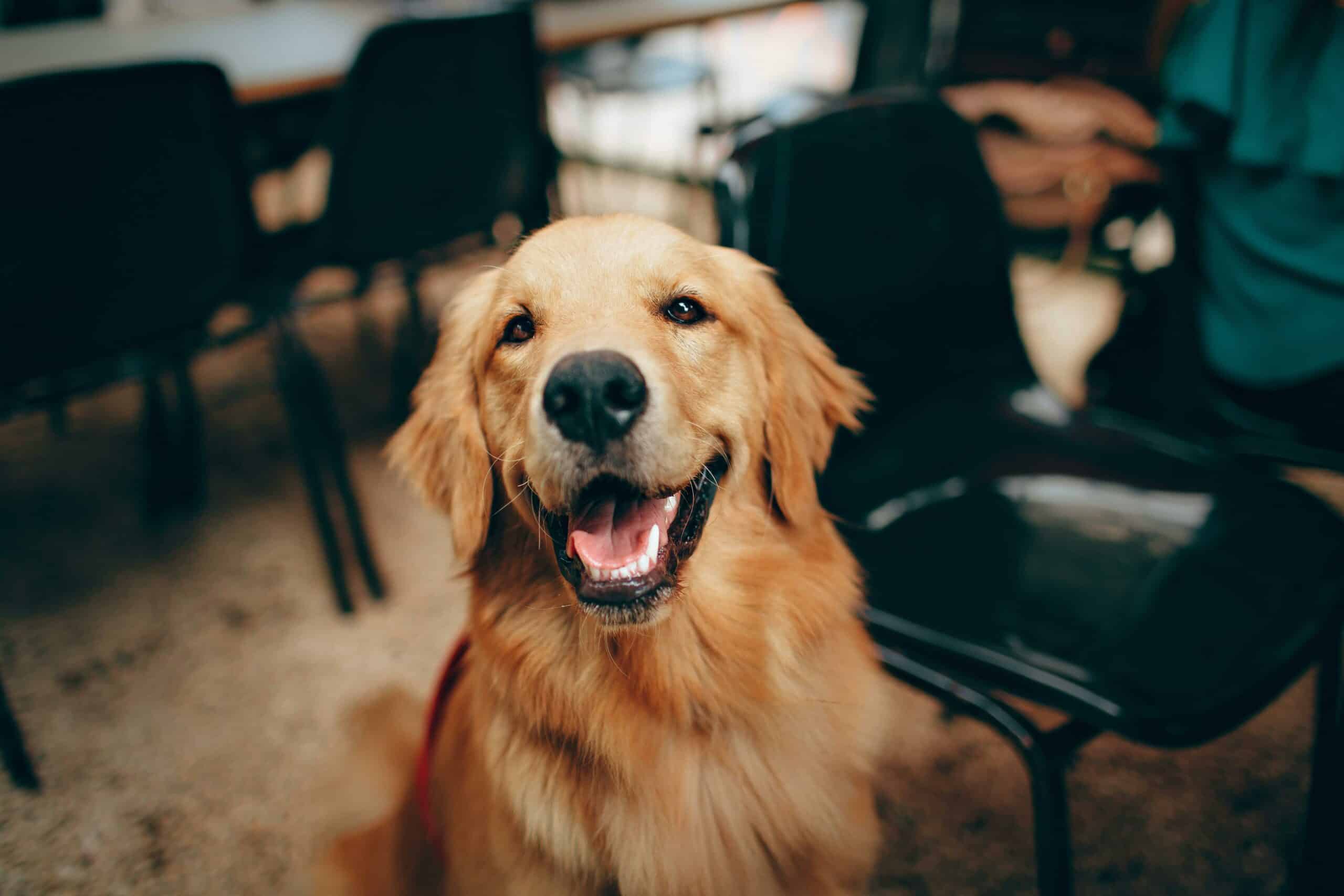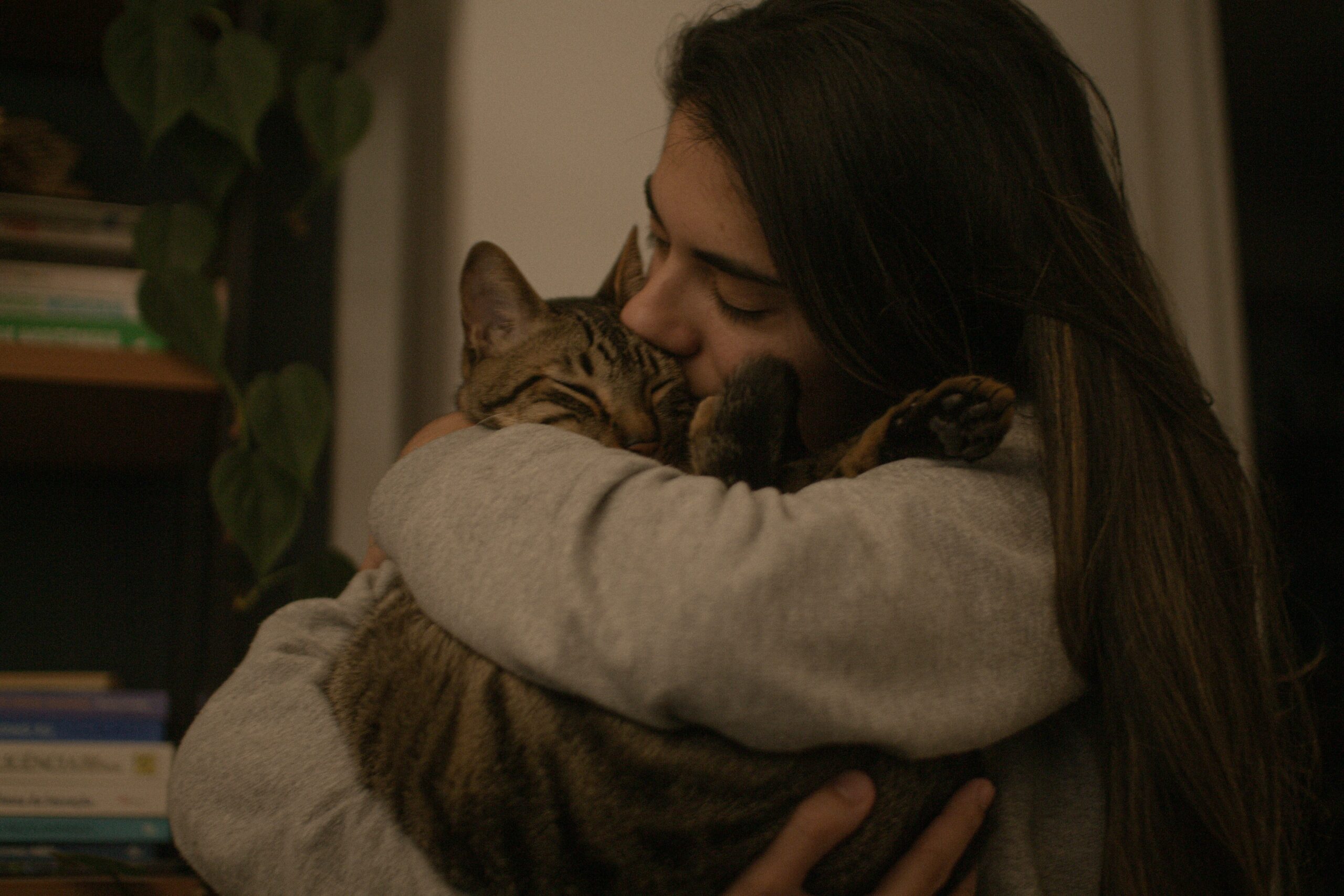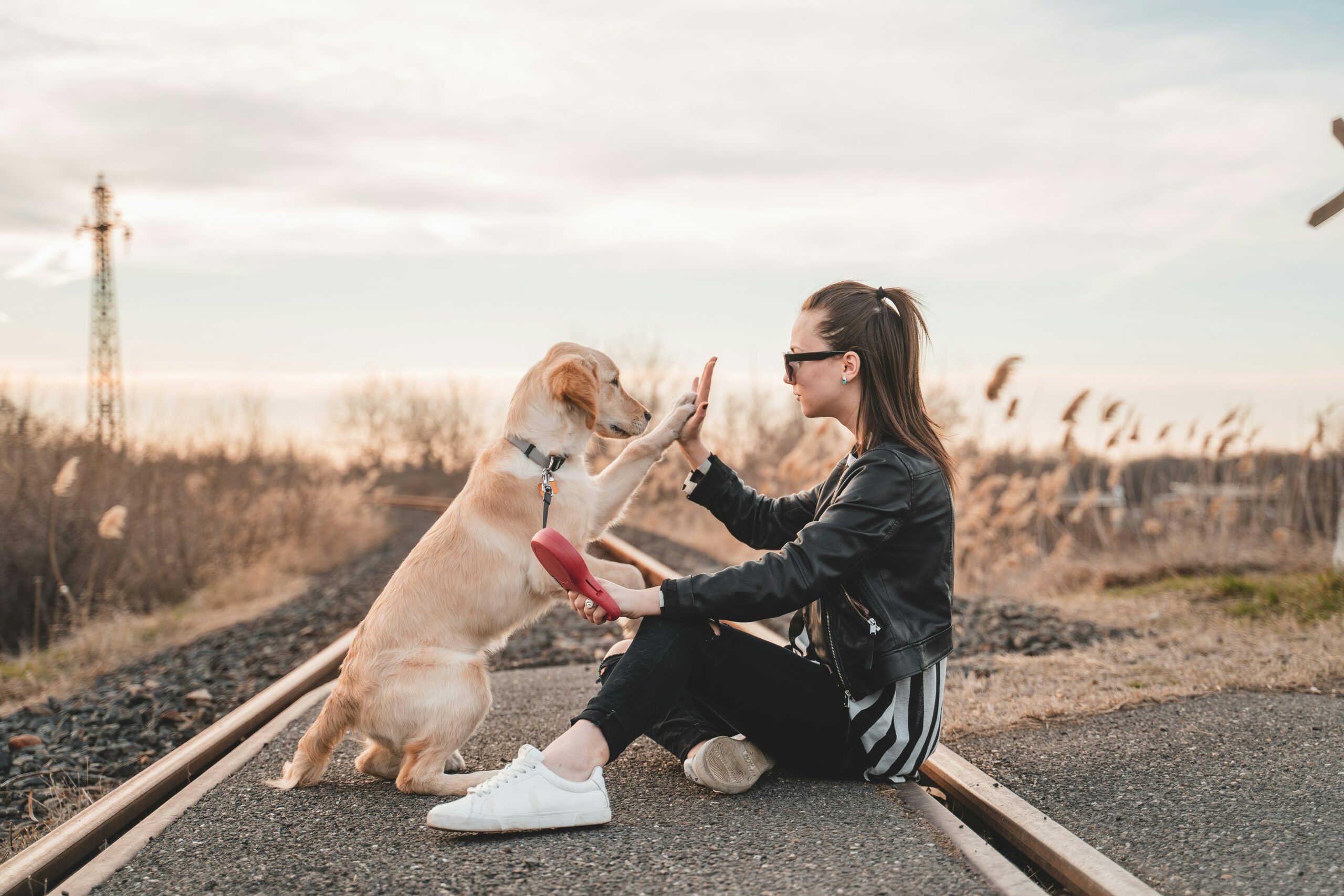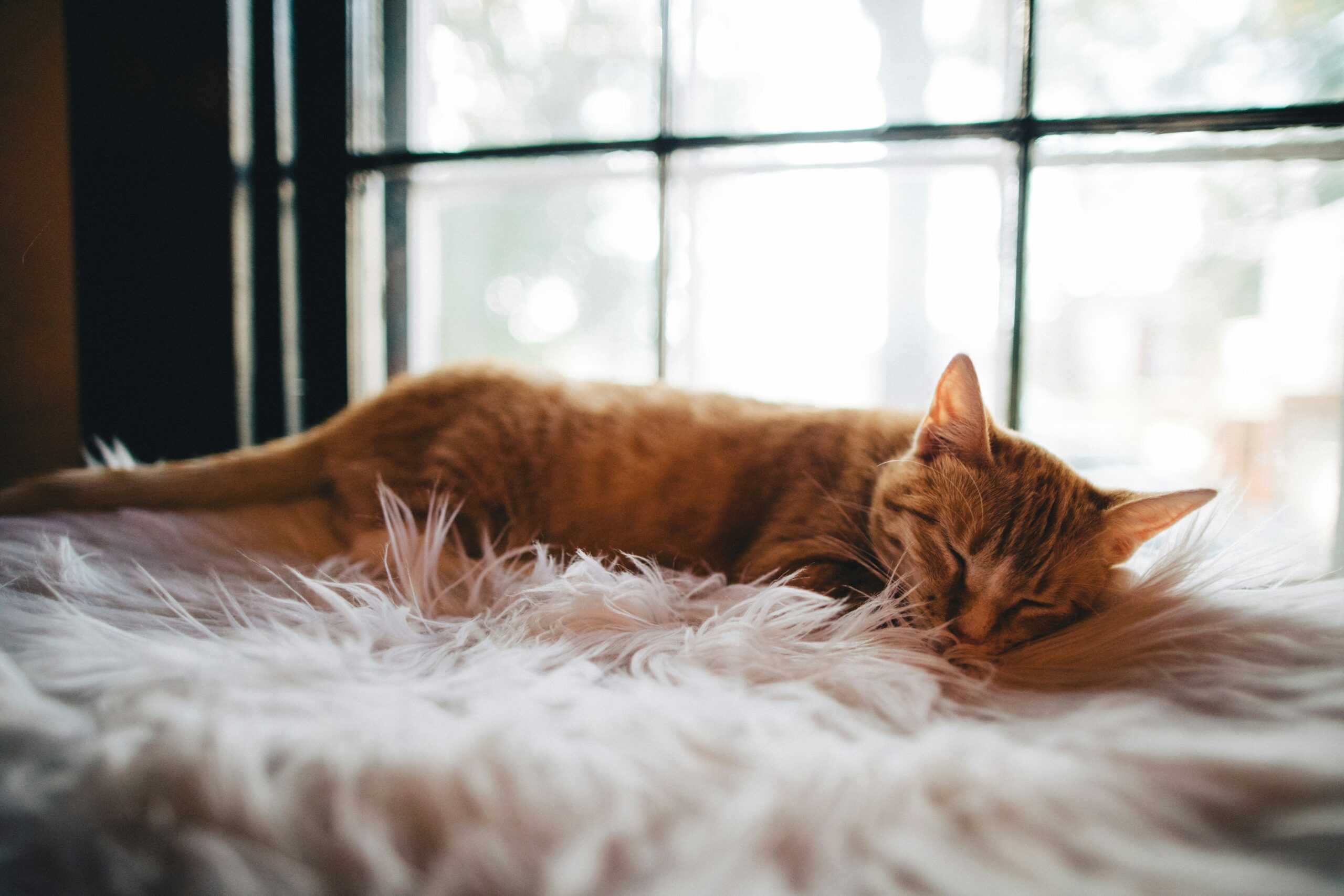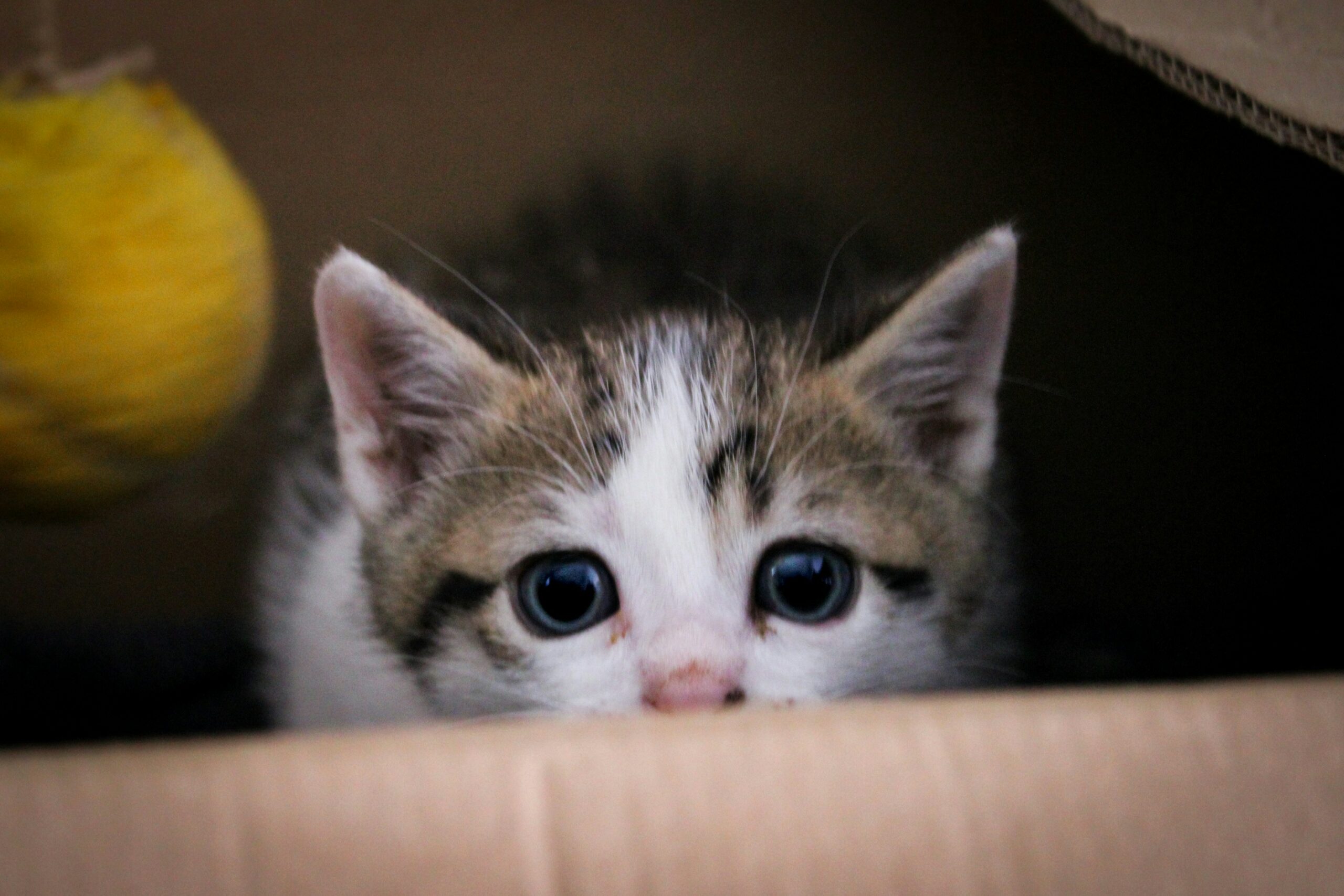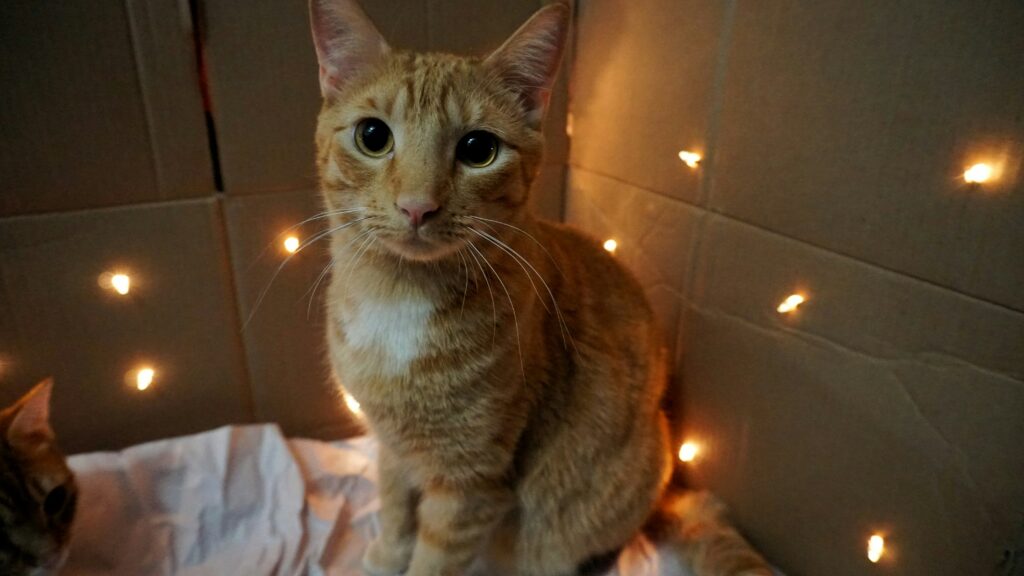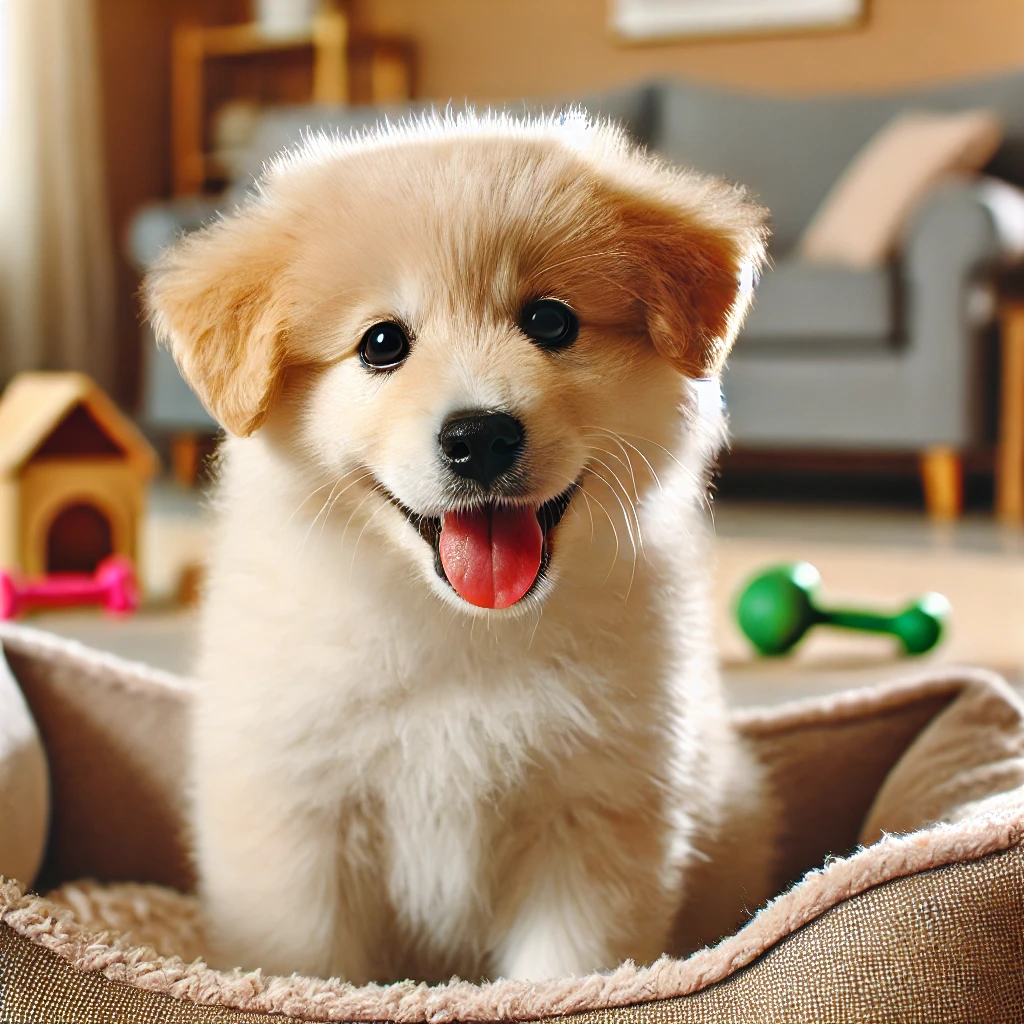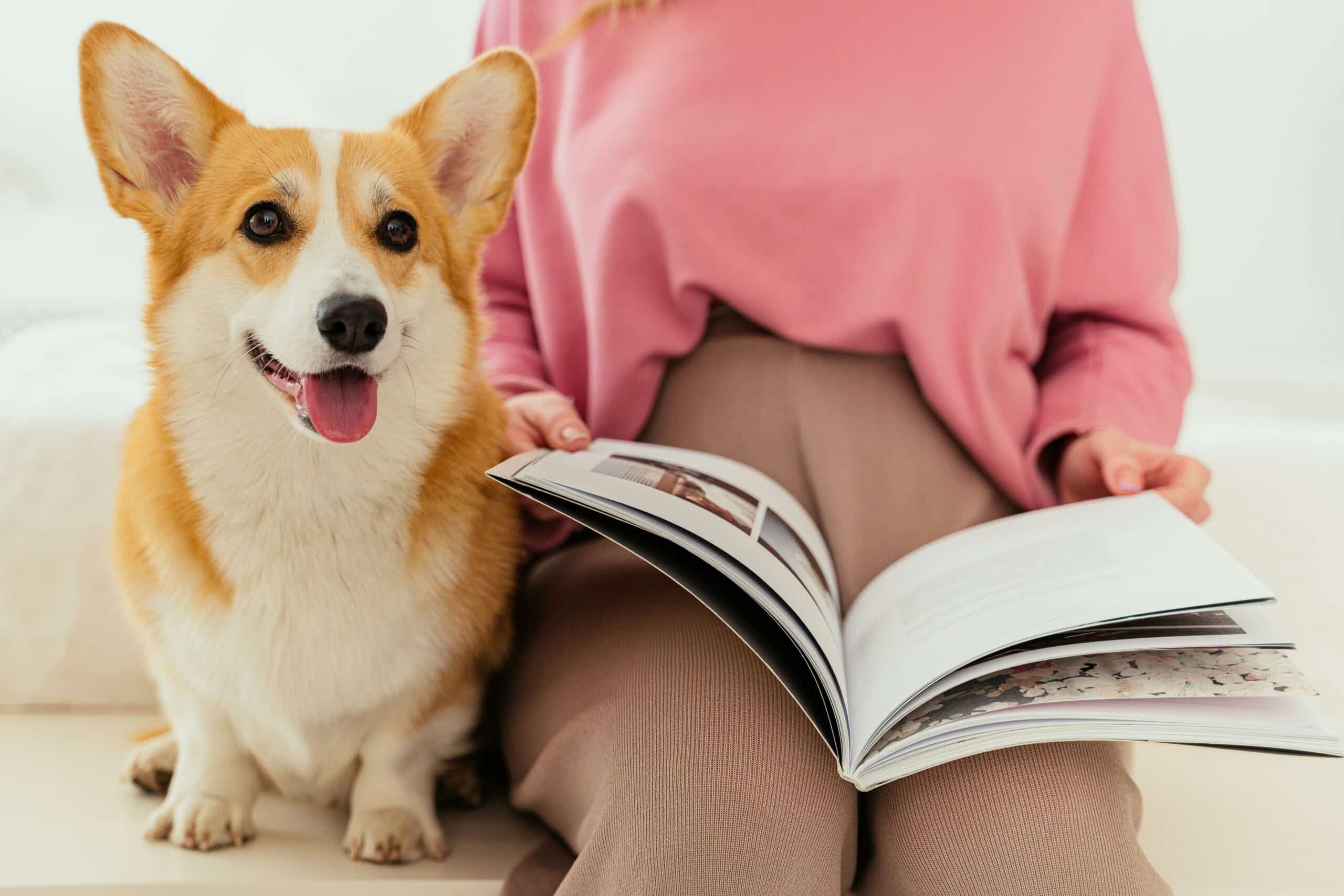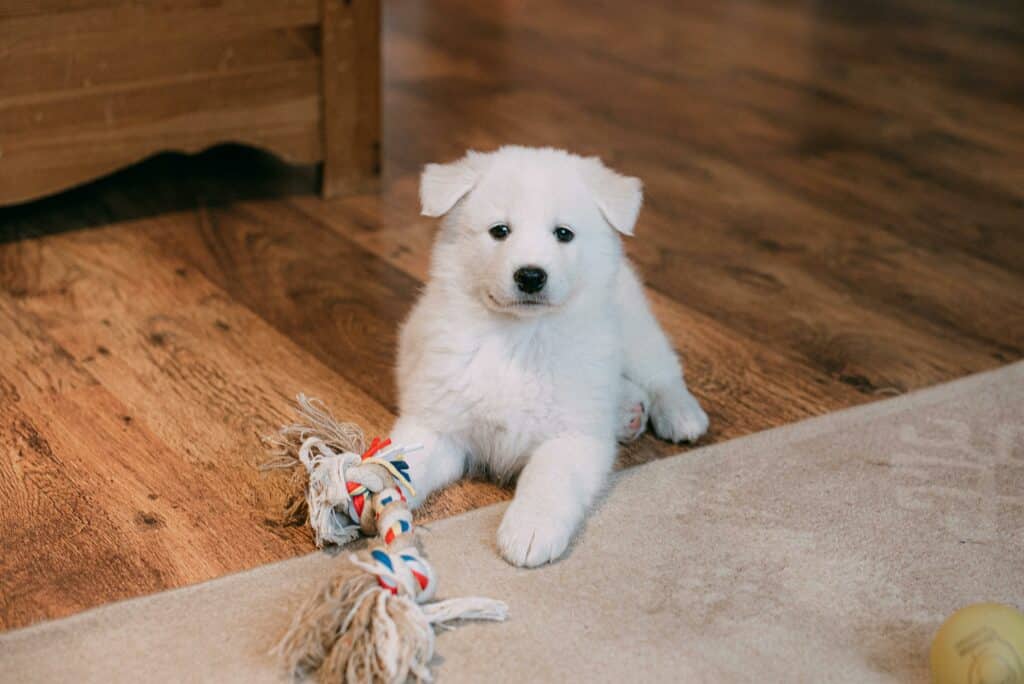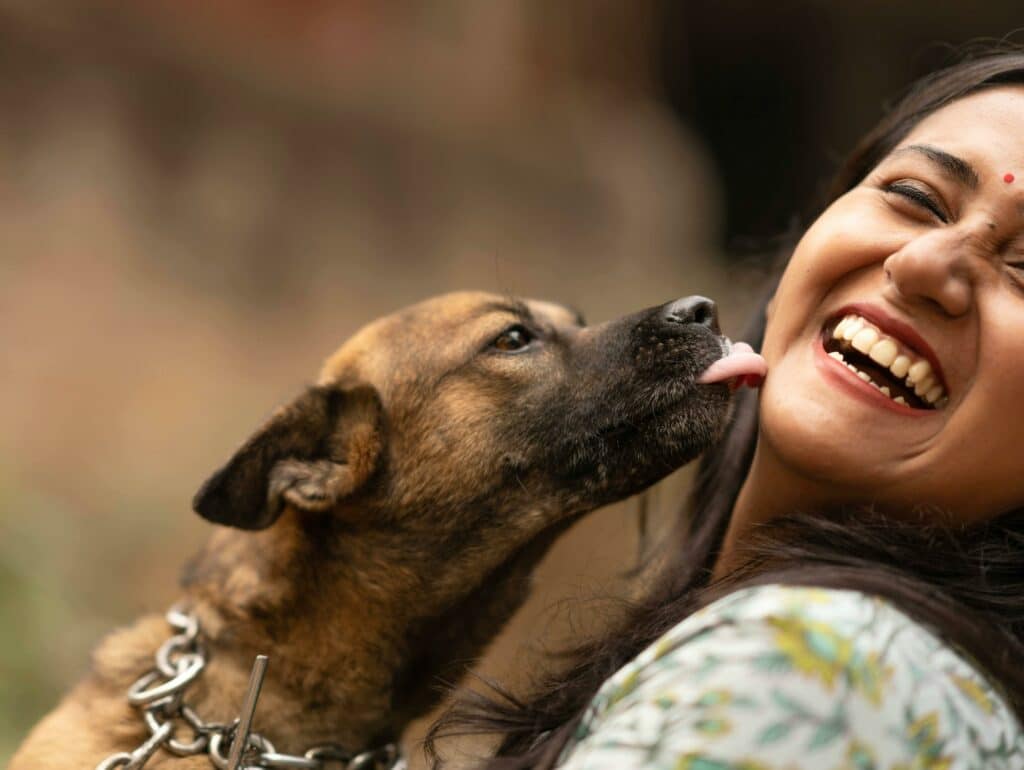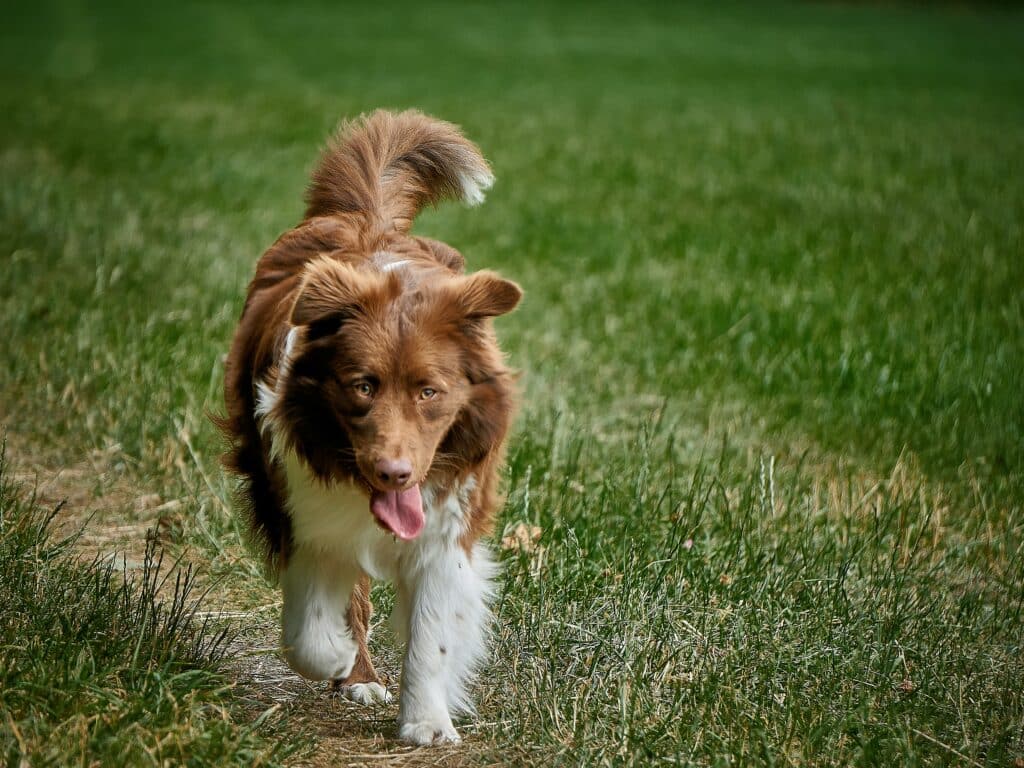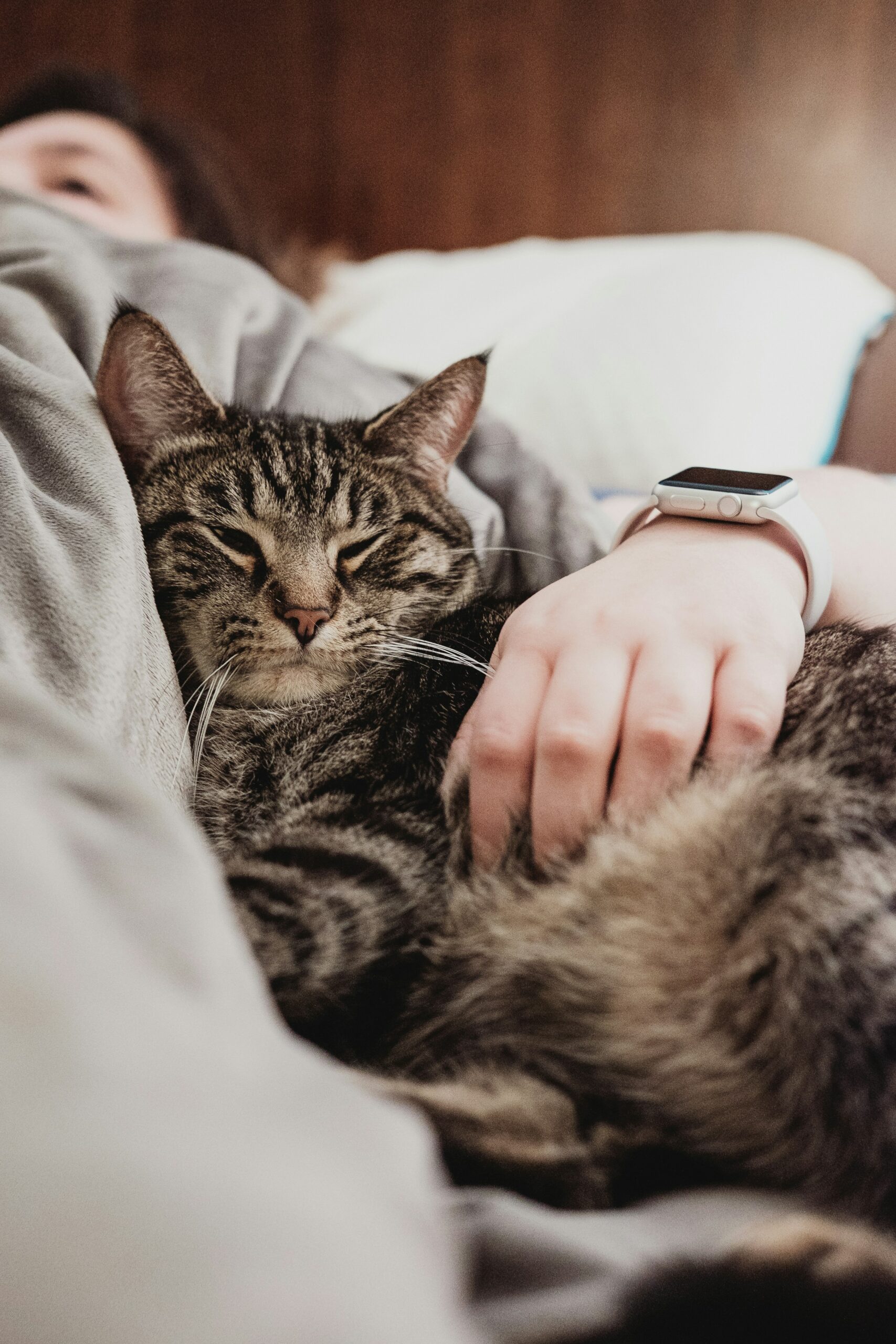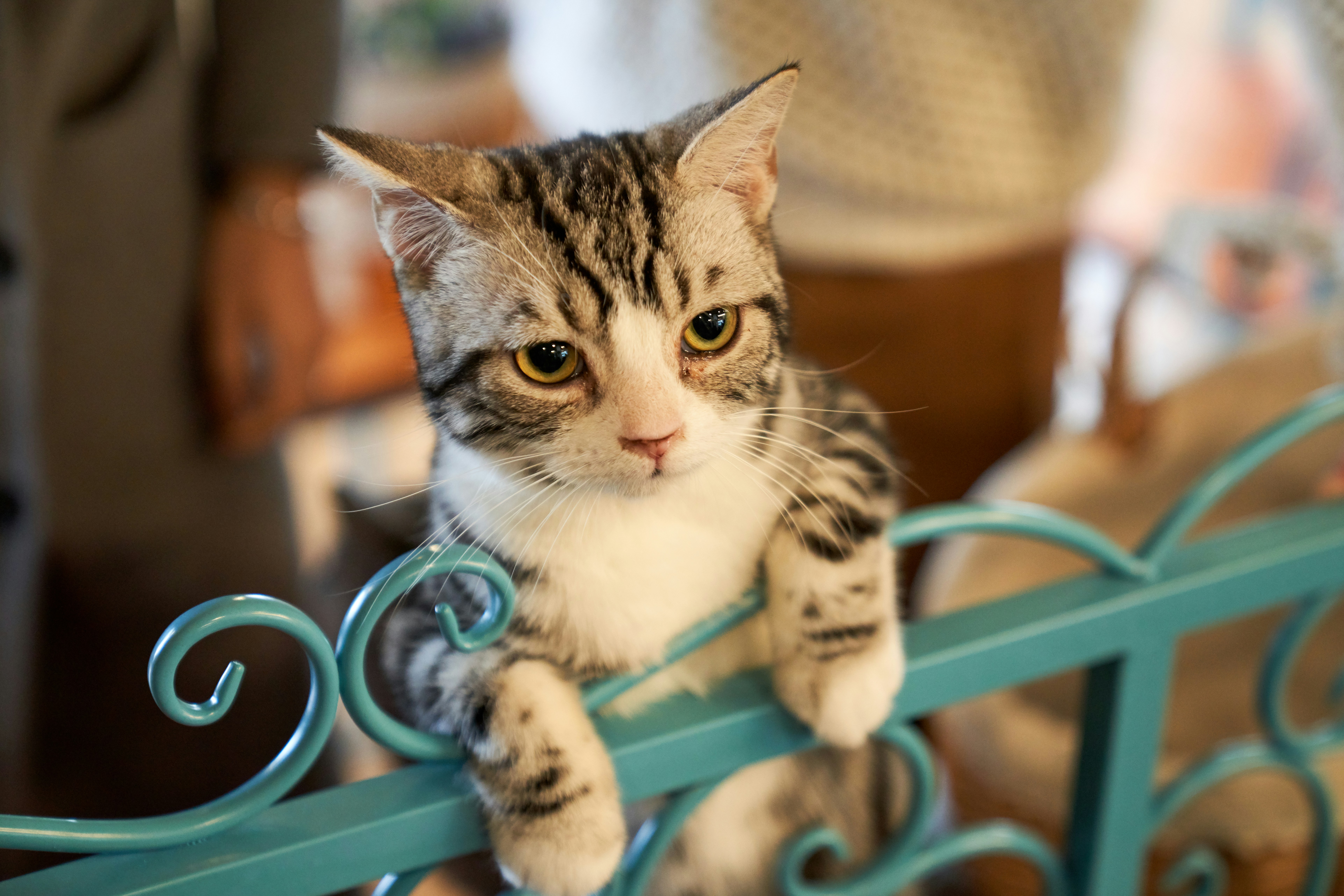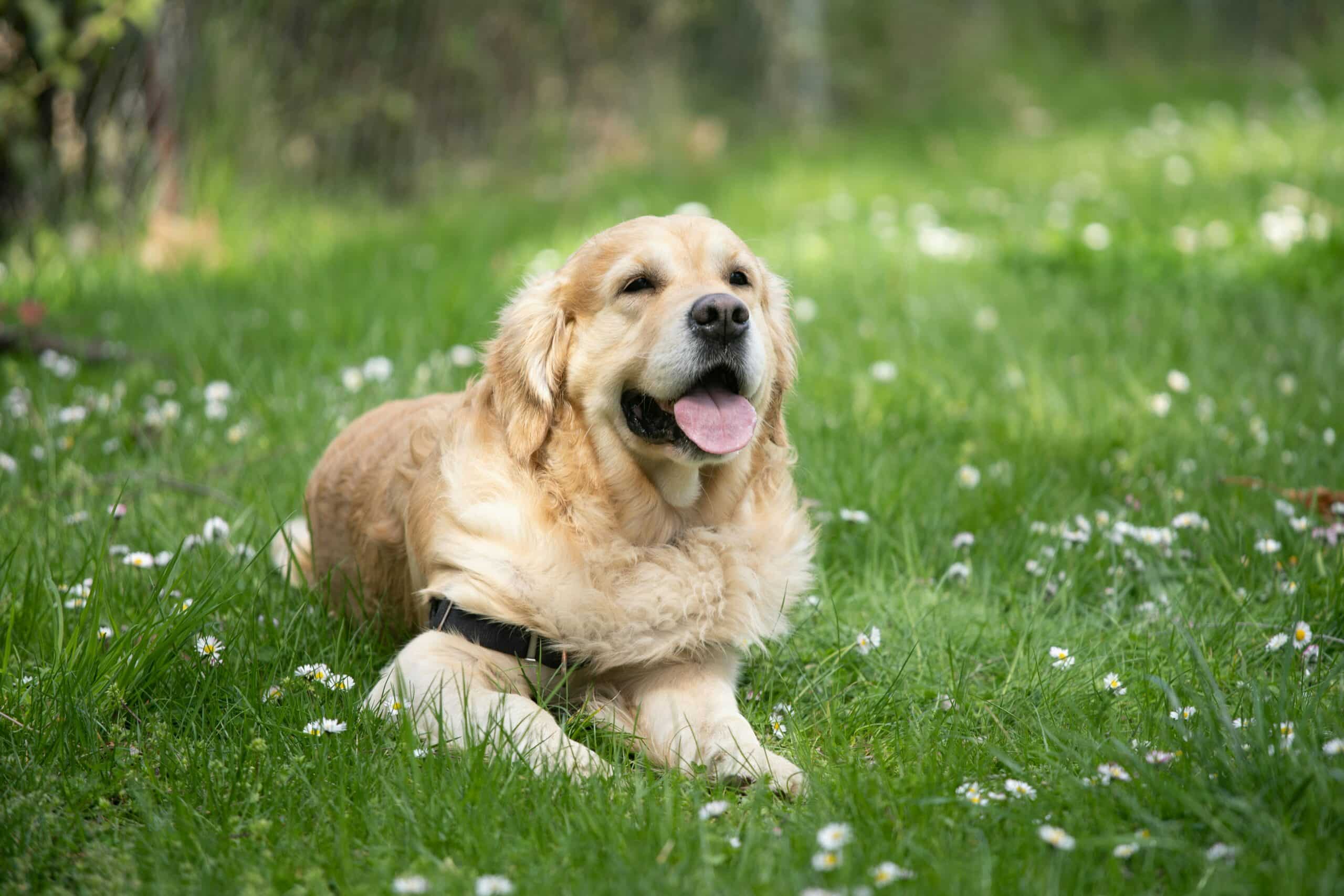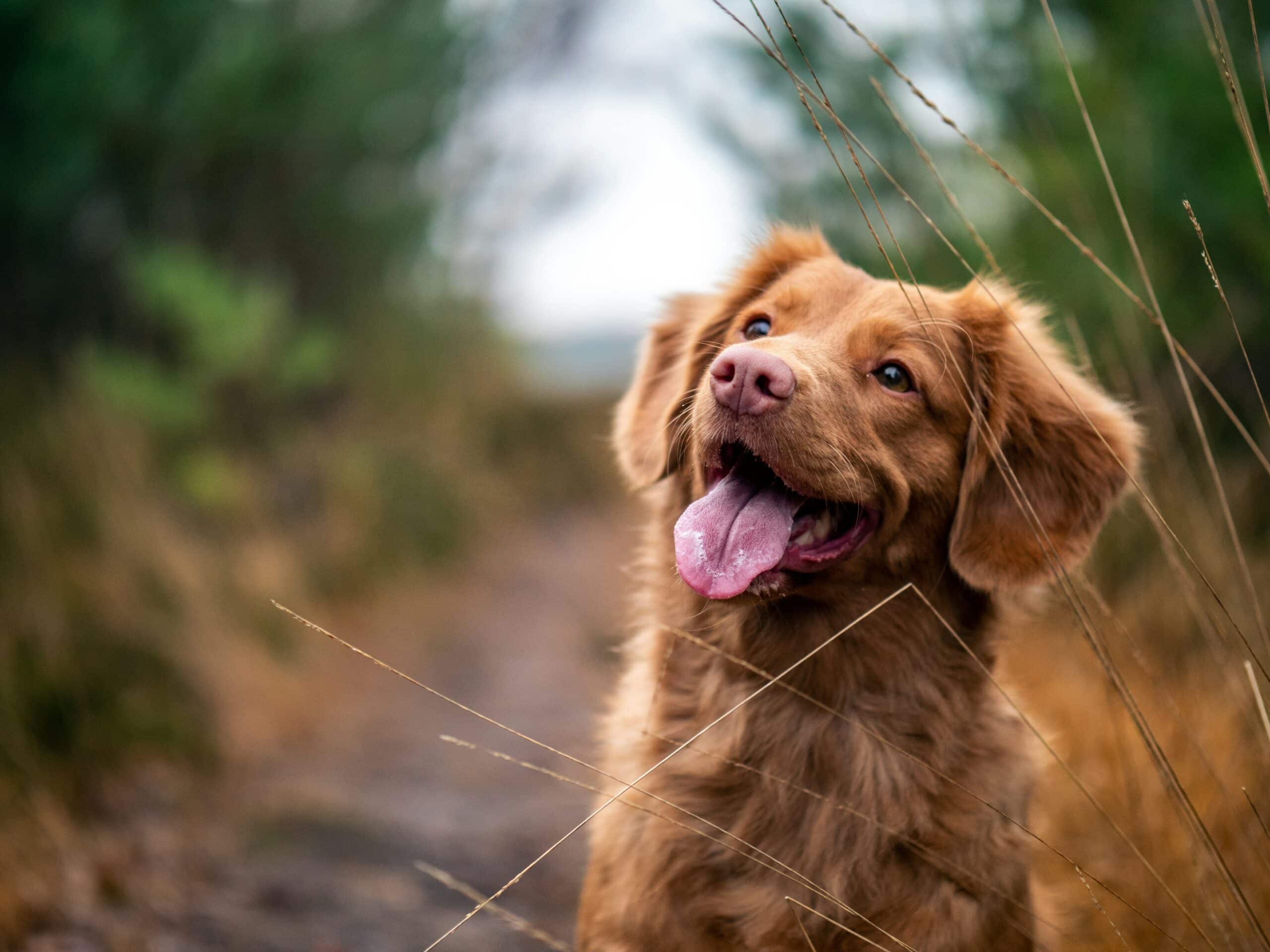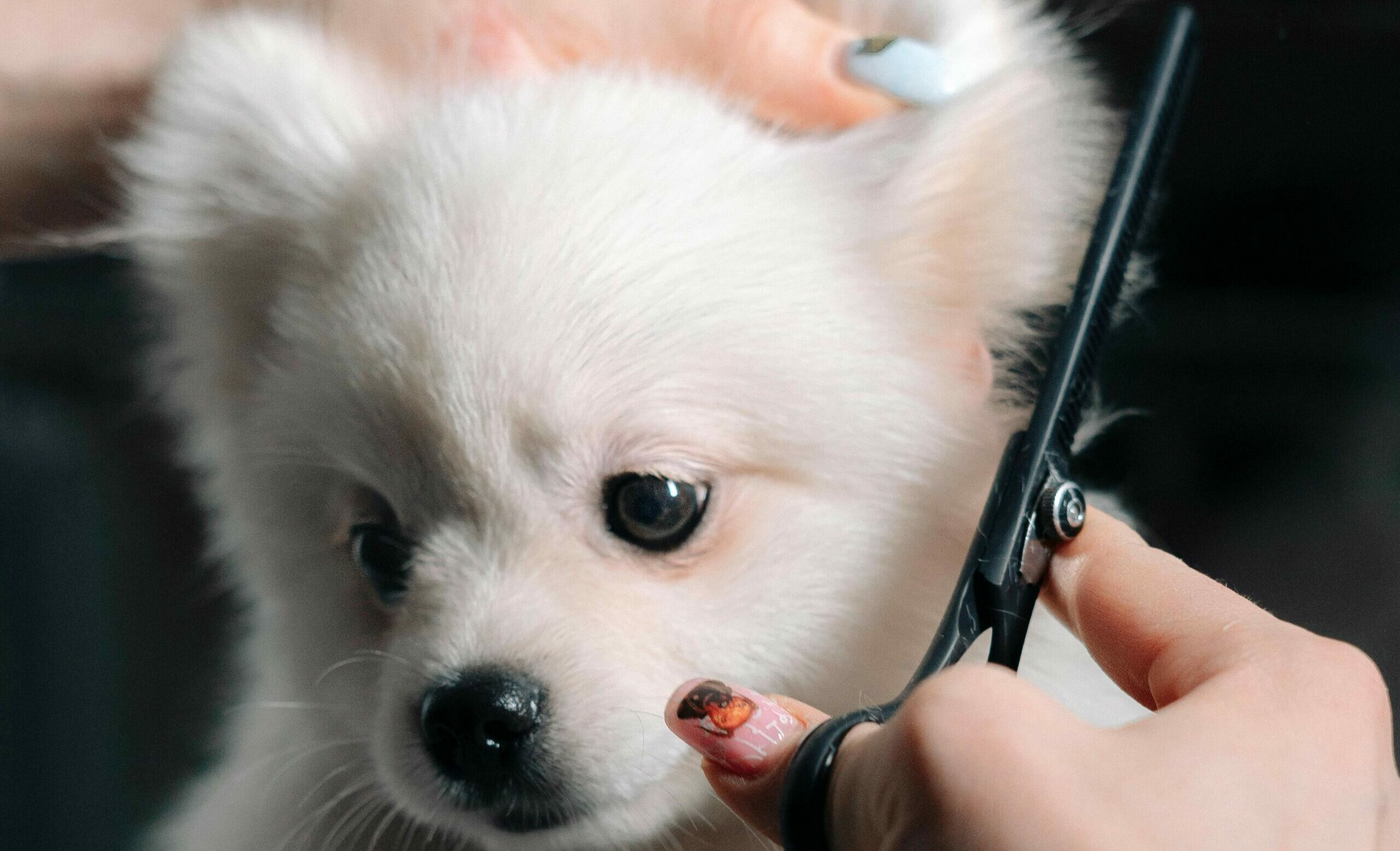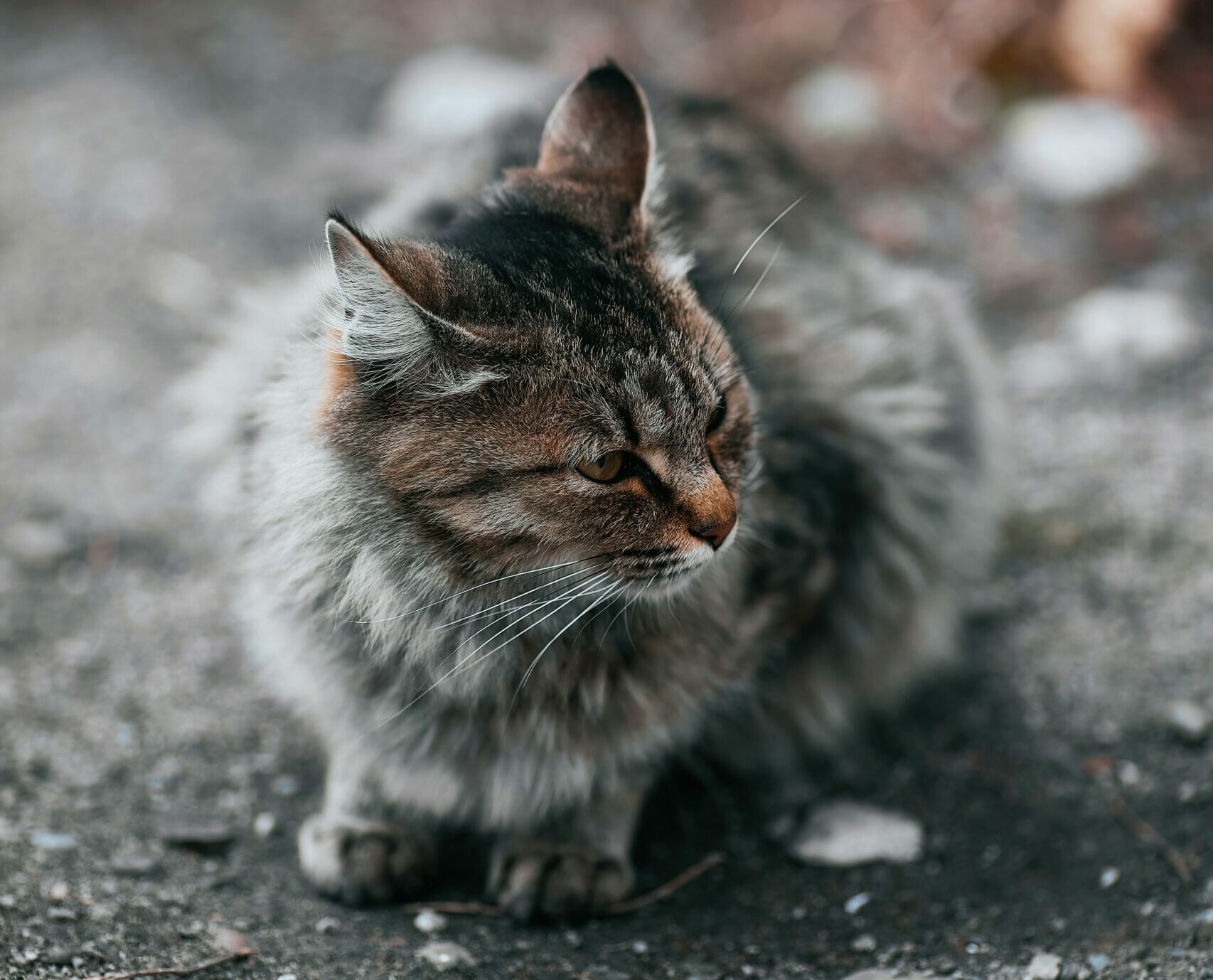
Introduction: Why Pet Journaling Matters
Pets are cherished members of our families, bringing joy, companionship, and unconditional love. But as busy pet owners, it’s easy to lose track of their milestones, health updates, and precious moments. This is where pet journaling comes in—a simple yet rewarding habit that helps you document your pet’s life and deepen your connection with them. From tracking vet visits to recording quirky behaviors, pet journaling benefits both you and your furry friend.
What Is Pet Journaling?
Pet journaling is the practice of keeping a diary dedicated to your pet’s life. This journal can include health records, behavior observations, milestones, and even photos or doodles. You can use traditional notebooks, digital tools, or even specialized pet diary apps to log details about your pet’s daily life.
The Benefits of Keeping a Pet Journal
1. Track Your Pet’s Health
One of the most practical advantages of pet journaling is its usefulness in monitoring your pet’s health.
- Vet Visits: Record dates, test results, and vaccination schedules to ensure you’re always up-to-date.
- Symptoms and Patterns: If your pet shows unusual behavior or symptoms, journaling helps identify patterns and provides critical details for your veterinarian.
Being proactive about health can lead to early detection of issues, potentially saving your pet’s life.
2. Preserve Precious Memories
Every pet owner cherishes the little moments that make their companion unique. Writing down these anecdotes ensures they’re never forgotten.
- Firsts: Document their “firsts,” such as the first walk, bath, or favorite toy.
- Personality Traits: Highlight their quirks, like how they tilt their head when curious or the way they greet you at the door.
These records become a treasure trove of memories to revisit long after your pet’s lifetime.
3. Improve Training and Behavior Monitoring
Journaling helps you track your pet’s behavior and training progress over time.
- Training Milestones: Note successful commands learned and areas that need improvement.
- Behavior Patterns: If your pet has behavioral challenges, such as anxiety or aggression, journaling can help pinpoint triggers and track changes.
This information is invaluable when working with trainers or veterinarians to address behavioral concerns.
4. Strengthen Your Bond
Writing about your pet encourages mindfulness and gratitude for the special role they play in your life.
- Reflecting on positive experiences enhances your emotional connection.
- Documenting care routines reminds you of the dedication and love you provide, deepening your appreciation for the relationship.
5. Plan for Emergencies
Having detailed records readily available can make a big difference in emergencies.
- Contact Info: Include your vet’s contact details and any emergency numbers.
- Medical History: Ensure quick access to past treatments and medications.
This level of preparation can reduce stress and lead to better outcomes in critical situations. Additionally, here is a link to our list of veterinary services available in Singapore.
How to Start a Pet Journal
1. Choose Your Format
Decide whether you prefer a physical journal, a digital document, or a specialized app.
- Physical Journals: Ideal for creative individuals who enjoy handwriting and scrapbooking.
- Digital Tools: Convenient for those who want searchable and easily editable records.
2. Organize Your Entries
Use a clear structure to make your journal easy to navigate. Common sections include:
- Health and Medical Records: Track vet visits, vaccinations, and medications.
- Daily Observations: Record feeding habits, energy levels, and notable behaviors.
- Milestones and Memories: Dedicate a section to fun and heartwarming anecdotes.

3. Be Consistent but Flexible
Consistency is key, but your journal doesn’t have to be perfect. Write as frequently as your schedule allows, whether that’s daily, weekly, or monthly.
4. Get Creative
Make your journal uniquely yours by adding creative touches:
- Include photos, doodles, or paw prints.
- Use colorful pens or stickers to highlight important entries.
Tools and Apps to Simplify Pet Journaling
If you prefer a digital approach, several tools can streamline the journaling process:
- PawTracks: A pet tracking app for health and behavior records.
- PetDesk: Helps manage vet appointments and medication schedules.
- Scrivener or Evernote: Great for creating a customizable digital diary.
Summary: Why Pet Journaling Is Worth It
Pet journaling is more than just a fun hobby—it’s a meaningful way to improve your pet’s quality of life while creating a lasting legacy of memories. From tracking health and behavior to capturing the joy your pet brings, a journal serves as a valuable resource and a heartfelt keepsake.
Start your pet journaling journey today, and discover the profound impact it can have on your bond with your furry friend.






































